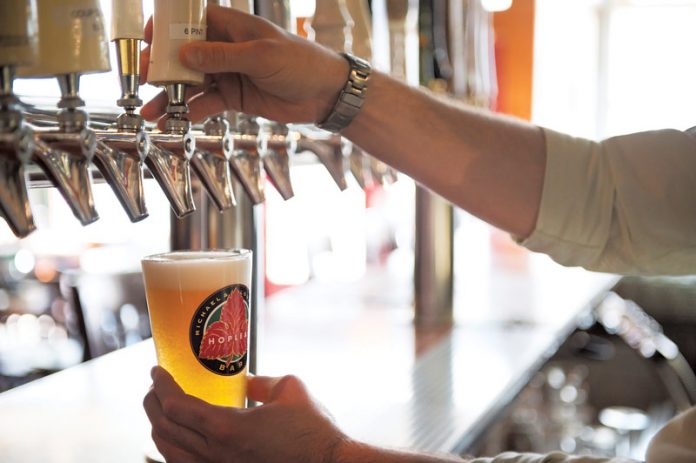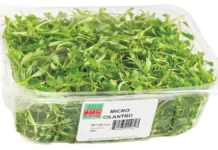
The next time you’re served a cold draft beer, and before taking the first sip, study the glass and observe the bubbles. The bubbles in a glass of beer will reveal many interesting things. Bubbles show attributes of the beer style being poured. The cleanliness of the glass will provide a good indication of the condition of the beer dispensing system.
The process starts when the tap is opened and a glass is filled with beer. The sudden change in pressure from the dispensing system to the glass causes dissolved carbon dioxide to escape from the beer as the glass fills. Ideally the result is a (½ inch to 1 inch) thick head of well knitted bubbles, otherwise known as foam. Foam is essential to delivering the true flavor and bouquet of the brew. Each type and style of beer has its own taste and aroma characteristics. Foam accentuates the aroma and enables beer to taste as the brewer intended. The gas within the bubbles also insulates, thus keeping the beer in the glass colder longer.
The head on the beer should remain until the last drink is taken. Foam (bubbles) should cling to the glass sides with each drink; this is called lacing, and is an indication the beer glass has been cleaned properly. A creamy head on a beer suggest the beer dispensing system is in balance, and that the carbonation brewed into the beer is being maintained to the brewer’s specification.
A head of foam on the top of a beer is ideal; however, bubbles forming on the sides or bottom of the beer glass and then rising to the top may indicate the glass is not “beer clean.” Bubbles form at the sides and bottom of a glass, where residue or microscopic cracks serve as starting points for carbon dioxide molecules to gather. When the carbon dioxide at a collection site reaches critical volume, a bubble detaches from the glass and launches itself toward the beer’s head. A clean beer glass should not have bubbles anywhere but in the head on top of the beer, or lacing on the side of the beer glass.
An exception to this is laser etched glassware. Brewers are now marketing glasses where a logo or insignia is laser engraved into the bottom of the glass. This forces bubbles to form around the etching, highlighting the brewery logo. Eventually the bubbles grow large enough to rise to the top of the glass helping to maintain the head of foam. This is done to enhance the beer drinking experience and to differentiate the beer brand.
Another interesting characteristic of beer bubbles was studied by a chemist, Richard Zare, the Marguerite Blake Wilbur Professor in Natural Science, who published a seminal paper on the “fizzics” of beer. Zare’s beer science pointed out that beer bubbles got larger and rose faster as they floated to the top of a glass. The reason bubbles expand and accelerate as they rise is bubbles themselves act as collection sites. Each attracts more escaping CO2 or, as Zare puts it, “bubbles collect on bubbles.”
The absence of bubbles usually indicates a dispensing system problem. The beer on tap may have lost carbonation and will taste flat. This is a result of the dispensing system not being set up properly or dispensing with the wrong gas.
Beer bubbles provide many insights into the beer style and quality, glassware cleanliness and dispensing system condition. When served the next pint, inspect, and insist on properly performing bubbles in your beer.
For more information on how to serve the best draft beer, visit micromatic.com.























